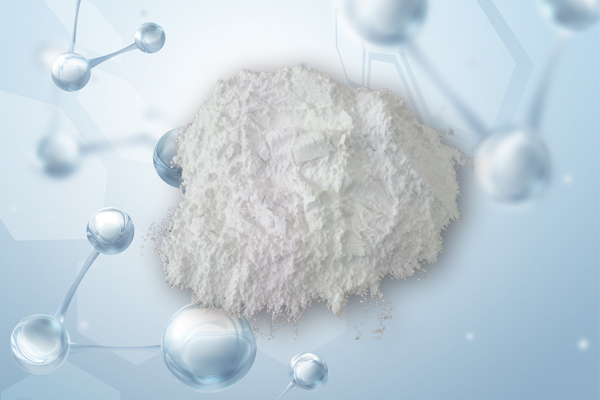Myelofibrosis (MF) is referred to as myelofibrosis. It is also a very rare disease. And the cause of its pathogenesis is not known. Typical clinical manifestations are juvenile red blood cell and juvenile granulocytic anemia with a high number of tear drop red blood cells. Bone marrow aspiration often shows dry aspiration, and the spleen is often markedly enlarged with varying degrees of osteosclerosis.
Primary myelofibrosis (PMF) is a clonal myeloproliferative disorder (MPD) of hematopoietic stem cells. Treatment of primary myelofibrosis is primarily supportive, including blood transfusions. Hydroxyurea can be given for thrombocytosis. Low-risk, asymptomatic patients can be observed without treatment.
Two randomized phase III studies (STUDY1 and 2) were performed in patients with MF (primary MF, post-geniculocytosis MF, or post-primary thrombocythemia MF). In both studies, patients enrolled had palpable splenomegaly at least 5 cm below the rib cage and were at moderate (2 prognostic factors) or high risk (3 or more prognostic factors) according to the International Working Group consensus criteria (IWG).
The initial dose of ruxolitinib is based on platelet counts. 15 mg twice daily for patients with platelet counts between 100 and 200 x 10^9/L and 20 mg twice daily for patients with platelet counts greater than 200 x 10^9/L.
Individualized doses were given according to tolerability and efficacy for patients with platelet counts between 100 and 125 x 10^9/L, with a maximum dose of 20 mg twice daily; for patients with platelet counts between 75 and 100 x 10^9/L, 10 mg twice daily; and for patients with platelet counts between 50 and less than or equal to 75 x 10^9/L, 2 times daily at 5mg each time.
Ruxolitinib is an oral JAK1 and JAK2 tyrosine kinase inhibitor approved in the European Union in August 2012 for the treatment of intermediate or high-risk myelofibrosis, including primary myelofibrosis, post-geniculocytosis myelofibrosis and post-primary thrombocythemia myelofibrosis. Currently, ruxolitinib Jakavi is approved in more than 50 countries worldwide, including the European Union, Canada and several Asian, Latin and South American countries.


